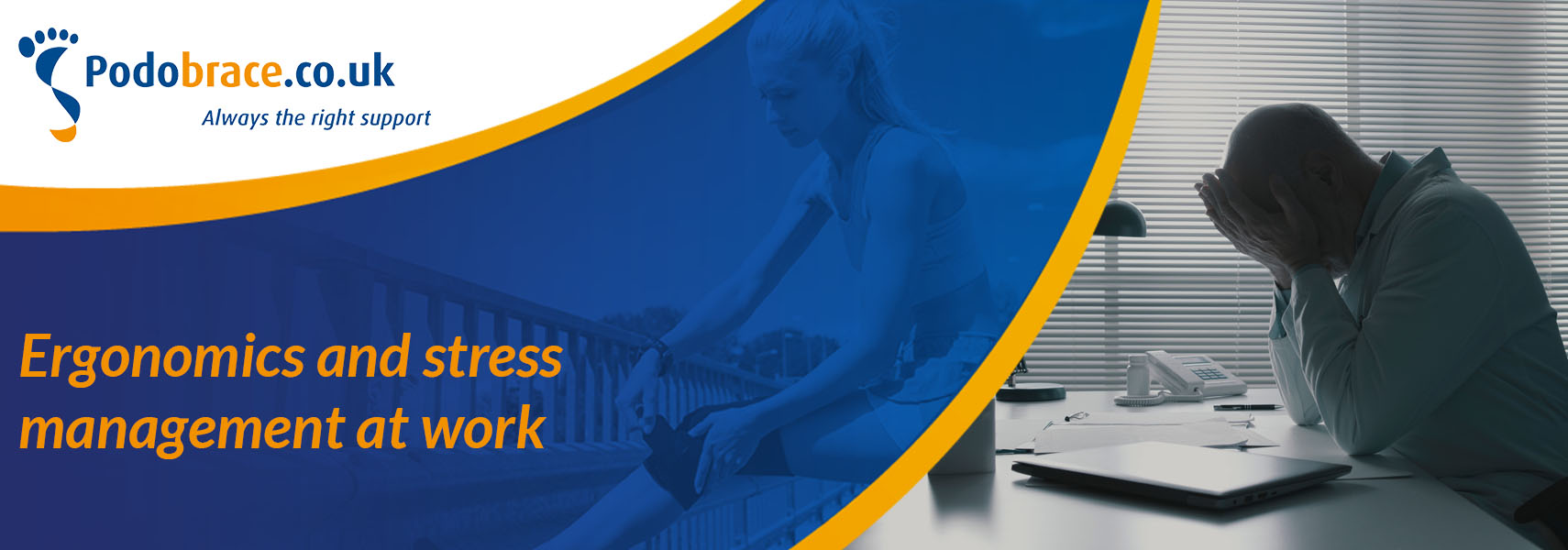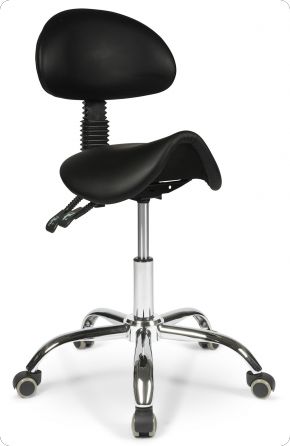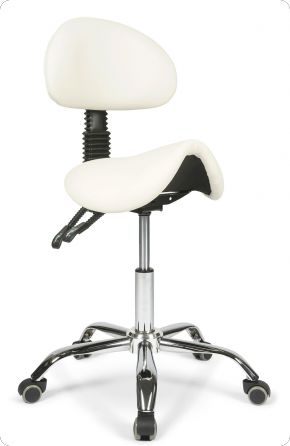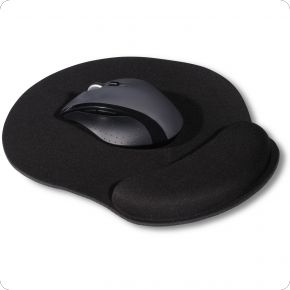
Ergonomics and stress management at work
Working is an integral part of our lives, but unfortunately, it can also be the cause of stress and physical discomfort. Whether you sit at a desk, work in a production environment, or work at home, it is vital to pay attention to ergonomics and stress management. Creating a healthy working environment and managing stress effectively can not only improve your well-being and comfort, but also increase productivity.
In this blog, we delve deeper into the world of ergonomics and stress management at work. We will explain why ergonomics is so important and how you can optimise your workplace for better posture. We will also address the causes of stress at work and discuss effective strategies to reduce stress and maintain a healthy balance.
What is stress management?
Stress management is recognising stress and how to deal with it. Stress management has various techniques and strategies that teach you how to deal with stress better. This is not only good to apply in your daily life but certainly also at work. It not only reduces stress, but also increases work happiness and productivity. There are several techniques available to apply. Which technique suits you best is very personal. We list a number of techniques for you below.
The best techniques for reducing stress
Fortunately, there are several things you can do to lower chronic stress. We list some of these techniques for you below.
1. Relaxation techniques
To reduce stress, it is advisable to use certain relaxation techniques. Think about relaxing your muscles, or doing stress-reducing breathing exercises. When you apply the 4-7-8 breathing, stress will decrease a lot. This one goes as follows:
- Exhale fully through the mouth
- Then inhale through your nose for 4 seconds
- Hold the breath for 7 seconds
- Then exhale for 8 seconds
2. Exercise regularly
Sports and other forms of exercise are incredibly effective in reducing stress. Exercise releases endorphins, which naturally reduce stress. Sports is not only stress-reducing, but also perfect for your fitness and health.
3. Meditation
Meditation can help reduce stress. When you meditate, you experience real peace for a few minutes. Your thoughts, voices, stimuli and fears are silenced for a moment and your body can relax.
How good posture can improve your work performance
Good posture can have a significant impact on your work performance. It is not just about physical posture, but also your mental and emotional state. First, good posture makes you look professional. Moreover, a positive attitude boosts your self-confidence and resilience, making it easier to deal with stressful situations. Finally, a good attitude keeps you motivated and focused, leading to higher productivity and better results. By consciously working on a positive attitude, you can significantly improve your work performance.
Recognising stress signals: these are warning signs and how to deal with them
Recognising stress signals (in time) is extremely important. It can help you reduce or eliminate symptoms and even prevent burnout. There are a number of physical signs that may indicate that you are experiencing (too much) stress.
- Headache
- Lack of energy
- Fatigue
- Sleep problems
- High blood pressure
- Abdominal pain
- Palpitations and chest tightness
- Back and neck complaints
- Excessive sweating
- Stomach and intestinal complaints
- Hyperventilation
- Dizziness
There are not only physical symptoms to watch out for. There are also a number of mental or behavioural issues:
- Crying quicker
- Anxious
- Quickly changing emotions
- Failing to keep appointments
- Quickly becoming agitated and reacting angrily
- Worry more often
- Not allowing yourself to rest or take a break
- Anxious
- Having negative thoughts
- Indifference
Understanding and managing the causes
When you find out that you have too much stress, it is important to discover what the causes of this stress may be. We list some possible causes for you below:
- An excessive workload (caused by too difficult or too much work)
- Little appreciation
- Work that is too easy for you
- Uncertainty about your tasks
- Uncertainty about the future of your job
Stress management strategies for work
Now that you know how to spot stress signals, it is also important to know what techniques you can use to reduce stress. We have already indicated above how to reduce short-term stress and long-term stress. We will give you some more stress management techniques for at work.
Avoid multitasking
Try to do one task at a time. Multitasking causes you to be distracted faster and make mistakes as a result. And this, in turn, causes a lot of stress. When you multitask, you keep a lot of loose ends and never really finish anything properly. This also lowers your productivity.
Avoid conflicts
Conflicts with colleagues or your boss are never enjoyable. They involve a lot of emotions and cause a lot of stress. Therefore, try to avoid conflicts as much as possible. And when they do arise, make sure they are resolved as quickly as possible.
Sitting comfortably
How you sit at your workplace determines to a very large extent how you feel and how productive you are. It is therefore important to buy ergonomic desks, tables and other aids. When you work in a well-appointed ergonomic work environment, you will find that you experience much less stress and perform better as a result. You can read more about setting up your workplace the right way here. After reading this article, do you still have questions about how ergonomics can reduce stress? If so, contact us without delay. Only professionals work at Podobrace who can provide you with all information on ergonomic working or ergonomic aids. Our customer service can be reached via phone, live-chat and e-mail.















